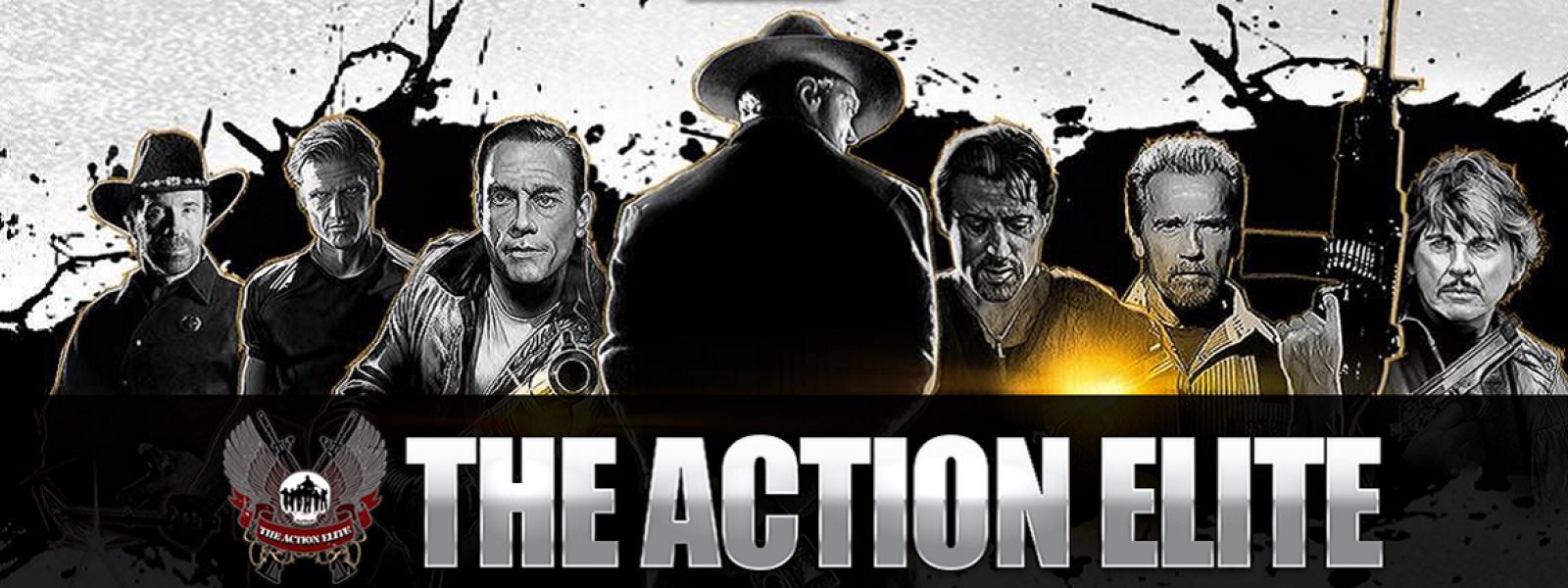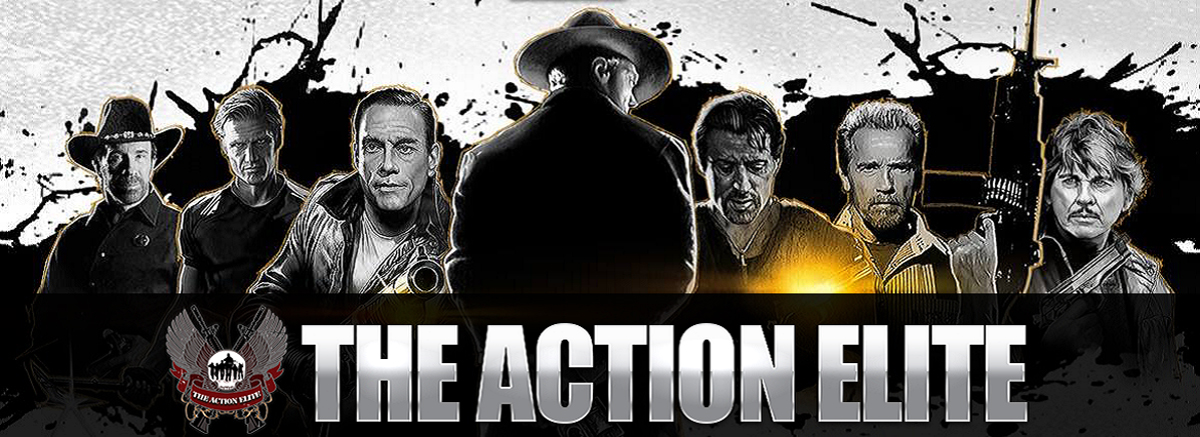I. Introduction: The European Crypto Storm and iGaming’s New Reality
The European Union’s Markets in Crypto-Assets (MiCA) regulation is ushering in a new era for digital assets across the continent—and its most immediate impact is being felt acutely within the iGaming industry. As of June 2024, the provisions specifically governing stablecoins have come into effect, marking a profound shift in how crypto casinos operate across the EU. Full enforcement looms on the horizon, with critical deadlines approaching in December 2024 and March 2025.
So, what exactly is MiCA? In essence, MiCA is the EU’s landmark comprehensive legal framework for crypto-assets. Its core purpose is to provide much-needed regulatory clarity, bolster consumer protection, and ensure financial stability in a sector that, until recently, has been largely decentralized and lightly regulated.
For crypto casinos, this regulation is nothing short of a game-changer. MiCA’s stringent stance on stablecoins—especially those not issued or backed by authorized EU institutions—is already forcing a strategic re-evaluation across the industry. From player deposit flows to affiliate payouts, MiCA is fundamentally reshaping how iGaming platforms interact with digital currencies.
II. MiCA’s Stablecoin Stance: The End of the “Wild West” for Some
Understanding MiCA’s Stablecoin Categories
MiCA precisely categorizes stablecoins into two primary types:
- E-Money Tokens (EMTs): These are stablecoins pegged to a single fiat currency, such as USDC, USDT, or EURC. They are regulated similarly to electronic money under existing EU frameworks.
- Asset-Referenced Tokens (ARTs): These tokens derive their value from a basket of currencies, commodities, or other crypto-assets (e.g., DAI). Due to their inherent complexity and risk, ARTs face even tighter regulatory scrutiny.
The “Non-Compliant” Challenge
A significant point of contention and discussion in the industry centers on USDT (Tether), which has long been the stablecoin of choice for many crypto casinos. Under MiCA, USDT is widely considered non-compliant. This is primarily because its issuer, Tether Limited, is not an authorized electronic money or credit institution within the EU.
As of March 31, 2025, any stablecoin that fails to meet MiCA’s stringent requirements cannot be offered to the public or admitted to trading on EU-regulated platforms. This mandate has already triggered concrete actions:
- Major exchanges like Binance, Kraken, Crypto.com, and Coinbase Europe have either announced or already implemented restrictions on USDT access for users within the EEA (European Economic Area).
- USDT trading pairs are being progressively delisted or frozen, signaling a proactive, industry-wide pivot in preparation for MiCA’s full enforcement.
The rationale driving this stringent shift is clear: enhanced investor protection, greater reserve transparency, and systemic risk mitigation. MiCA seeks to replace the former opacity with accountability, transforming the crypto casino landscape from a “Wild West” into a rigorously regulated and trustworthy market.
III. The Great Migration: Shifting to MiCA-Compliant Stablecoins
The Rise of Compliant Alternatives
In response to MiCA, iGaming operators are actively and strategically migrating towards MiCA-compliant stablecoins to ensure their continued access to the lucrative European market.
USDC: A Frontrunner in Compliance
USDC (USD Coin), issued by Circle, is increasingly emerging as the “safe bet” among fiat-pegged stablecoins. This is largely due to:
- Circle’s proactive regulatory stance, demonstrated through robust reserve disclosures and consistent audit trails.
- Despite being USD-pegged, Circle is actively taking steps to integrate its operations within the EU, significantly boosting USDC’s compliance profile under MiCA.
The Emergence of Euro-Backed Stablecoins
MiCA also aims to reduce the EU’s reliance on dollar-based stablecoins by actively promoting euro-denominated options. This policy creates a fertile ground for EUR-backed stablecoins to flourish.
- EURC (Euro Coin by Circle): This euro-pegged stablecoin is specifically designed for regulatory alignment.
- EURCV (Euro CoinVertible by SG-Forge): Issued by Societe Generale-Forge, this represents one of the first truly MiCA-ready stablecoins backed by a major traditional financial institution.
Key benefits for EU players transitioning to EUR-backed stablecoins include:
- Elimination of currency conversion fees.
- Reduced exposure to foreign exchange (FX) volatility risk.
- Enhanced trust and confidence due to direct alignment with EU regulations.
Liquidity Considerations
This significant migration, while necessary, will not be entirely seamless. The replacement of USDT necessitates temporary liquidity adjustments, the introduction of new trading pairs, and strategic changes in treasury management for operators. However, as the market adapts, compliant tokens are expected to gain considerable depth and traction.
IV. Implications for Players and Operators
Player Deposits: A New Landscape
- For existing users: Players holding USDT on EU-regulated platforms will likely need to convert or withdraw their funds to compliant stablecoins or fiat currency by March 2025.
- For new deposits: Operators are already actively promoting MiCA-compliant stablecoins like USDC and EURC to ensure frictionless and future-proof transactions.
- Building Trust: This regulatory clarity fosters greater player confidence. Knowing their funds are protected by robust regulatory safeguards is now a significant competitive edge for platforms offering transparency and stability.
Affiliate Revenues: Adapting Payment Rails
- Payout Shifts: Affiliate programs that have historically paid earnings in non-compliant stablecoins will need to transition to MiCA-compliant stablecoins (such as EURC or USDC) or traditional fiat methods for their EU affiliates.
- Operational Overheads: This transition requires internal reconfigurations of payment systems, potential new wallet integrations, and updates to compliance protocols, including AML/KYC.
- Due Diligence: Both affiliates and operators must diligently review their token policies and contractual agreements to proactively avoid non-compliance risks or disruptions to payment flows.
V. Challenges and the Path Forward
Regulatory Fragmentation
While MiCA brings much-needed unity across the EU, the global stablecoin landscape remains fragmented. iGaming platforms serving a worldwide user base must continue to navigate and adhere to a diverse array of different compliance frameworks from the U.S., Asia, and other regions.
Technical Integration
The transition from non-compliant to compliant tokens is far from a simple “plug-and-play” process. It demands substantial technical effort, encompassing:
- New wallet integrations and custodial support.
- Adjustments to Anti-Money Laundering (AML) and Know Your Customer (KYC) procedures.
- Comprehensive redesigns of treasury management systems.
User Education
Many players may not fully grasp the nuances between different stablecoins or the regulatory changes. Platforms have a critical responsibility to:
- Clearly explain why these changes are occurring.
- Provide intuitive guidance on making compliant deposits and withdrawals.
- Ensure a smooth user experience (UX) across both fiat and compliant crypto options.
Competitive Advantage
Operators who act proactively and strategically—offering MiCA-compliant options early and transparently communicating these changes—will undoubtedly gain a significant competitive advantage. In this evolving landscape, regulatory maturity is no longer merely a compliance burden; it is a powerful selling point.
VI. A More Mature, Regulated Digital Frontier
The implementation of MiCA marks an irreversible turning point for the iGaming industry’s relationship with crypto assets. It’s no longer a question of whether operators should move toward regulated stablecoins, but rather how quickly and effectively they can make that transition.
The undeniable shift away from non-compliant tokens like USDT and towards regulated options such as USDC, EURC, and EURCV is already well underway. While this transition inherently presents its challenges, it simultaneously offers a clearer, more trustworthy, and ultimately more scalable framework for iGaming platforms and their players.
As crypto casinos continue to evolve under this new regulatory scrutiny, those that proactively embrace MiCA are not merely ensuring compliance. They are strategically positioning themselves for long-term success in a more secure and mature digital economy.
Are you ready for the next phase of regulated crypto gaming? How will MiCA shape the future of global crypto casinos—and which platforms will lead the charge?






